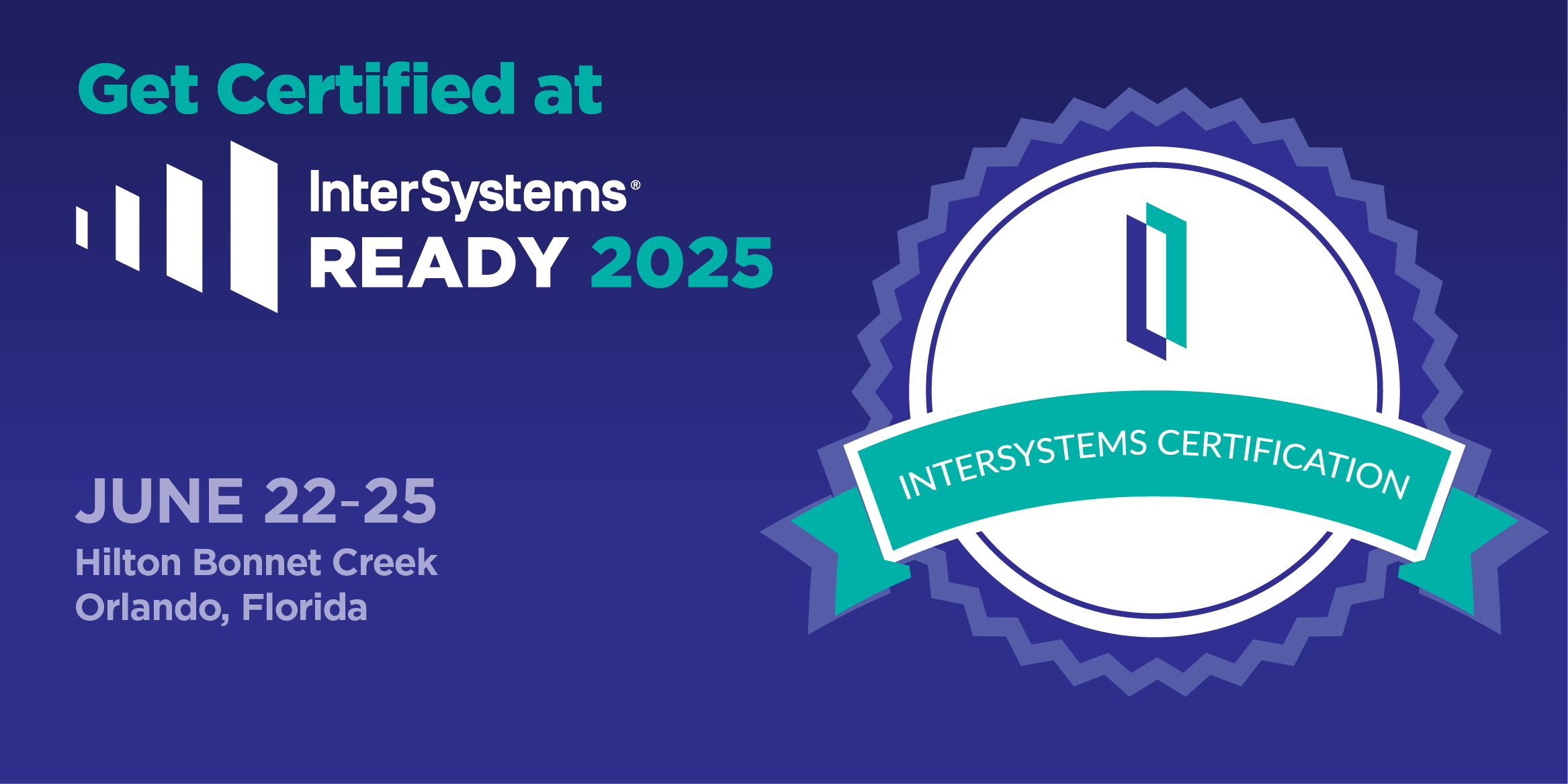I'm not so experienced in administering IRIS but as far as I understand IRIS for Health community comes with a web server out-of-the-box while licensed editions require Web Gateway to be deployed.
InterSystems Developer Community is a community of
25,522 amazing developers
We're a place where InterSystems IRIS programmers learn and share, stay up-to-date, grow together and have fun!


.png)

